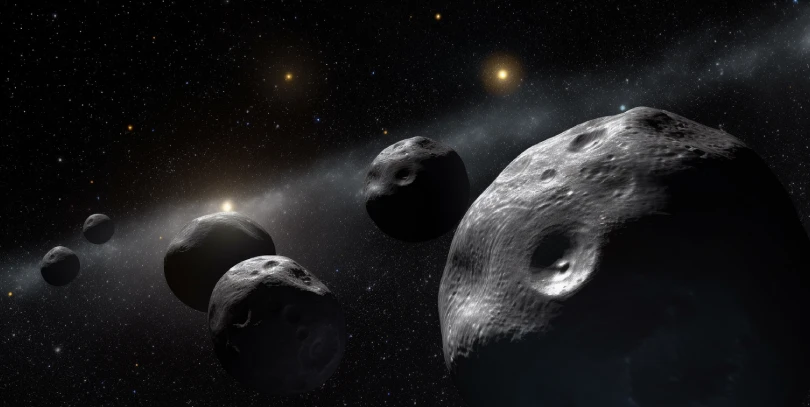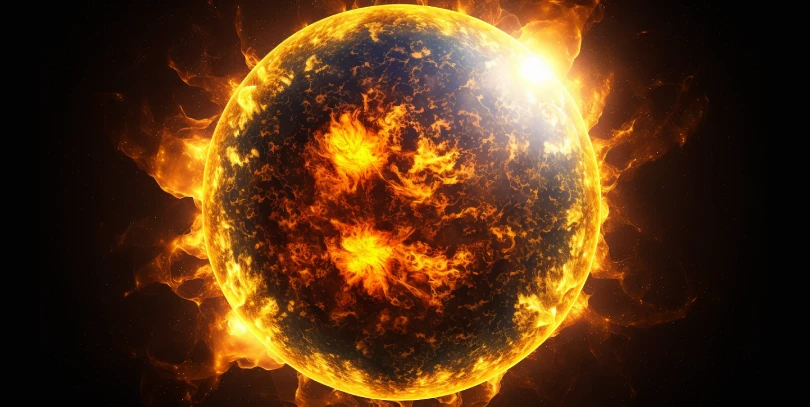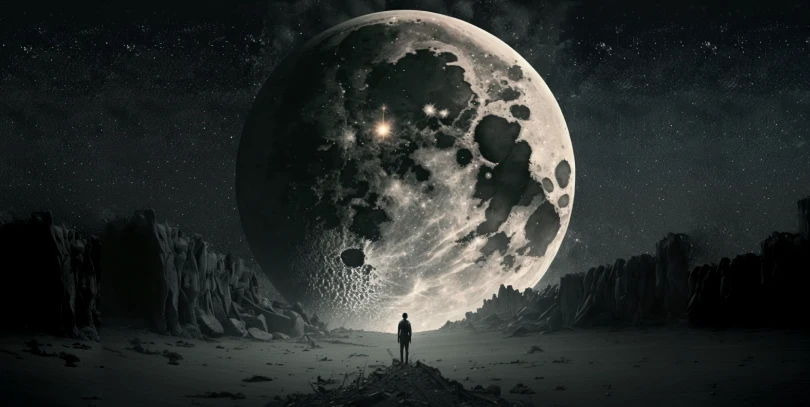The Kuiper Belt, named after Dutch astronomer Gerard Kuiper, is a region of the solar system beyond the orbit of Neptune that is home to a large population of icy objects. This region has been the subject of intense study and exploration in recent years, with astronomers uncovering a wealth of fascinating facts about this distant realm.
- The Kuiper Belt is a doughnut-shaped region composed entirely of icy bodies. It contains over 100,000 objects that are larger than 100 km (62 miles) in size, as well as over a trillion comets.
- The first Kuiper Belt Object (KBO) was discovered in 1992 by astronomers David Jewett and Jane Luu.
- Despite the enormous size of the belt, the total mass of all the objects in it is only about 10% of the Earth’s mass.
- The Kuiper Belt is the remnants of material from the formation of the solar system that could not unite into a planet because of Neptune’s gravity.
- The ice body of the Kuiper Belt consists of frozen methane, ammonia, and water.
- The ice bodies of the Kuiper Belt have a wide range of colors, from white to red to blue.
- The largest KBO are four dwarf planets: Pluto (2,376 km), Erida (2,326 km), Makemake (1,430 km) and Haumea (1,632 km).
- Some KBOs have their own moons; for example, Pluto has five known moons, with Charon being the largest.
- The distance from the Kuiper Belt to Earth is approximately 2,695,718,403 miles.
- Because of their remote location and low temperatures, the KBOs are considered some of the best preserved remnants of the early solar system.
- “New Horizons” is the only spacecraft to have explored the Kuiper Belt. It took this space station nine and a half years to reach Pluto. The station traveled at a speed of 58,580 kilometers per hour and covered a distance of about 5 billion kilometers.
- Researchers at the California Institute of Technology have found mathematical evidence that confirms the existence of Planet X. This mathematical prediction could explain the unique orbits of several smaller objects in the Kuiper Belt, a remote region of icy debris far beyond the orbit of Neptune. Astronomers are now actively searching for the predicted planet.
- A study of the Kuiper Belt has shown that Neptune formed much closer to the Sun than its current position today.
- Kuiper Belt objects can vary in surface reflectivity; for example, Pluto reflects about 60% of the sunlight falling on it, while Earth reflects only 10%.
- Some dwarf planets in the Kuiper Belt have atmospheres, but they are extremely thin. When these objects, traveling in highly elliptical orbits, are far away from the Sun, their thin atmospheres begin to collapse.
- By studying the Kuiper Belt, scientists can better understand how planets and planetesimals, the building blocks of planets, were formed.
- Despite its distance, the Kuiper Belt is not the end of the solar system. Far beyond the Kuiper Belt is a spherical shell called the Oort cloud.
Sources:






